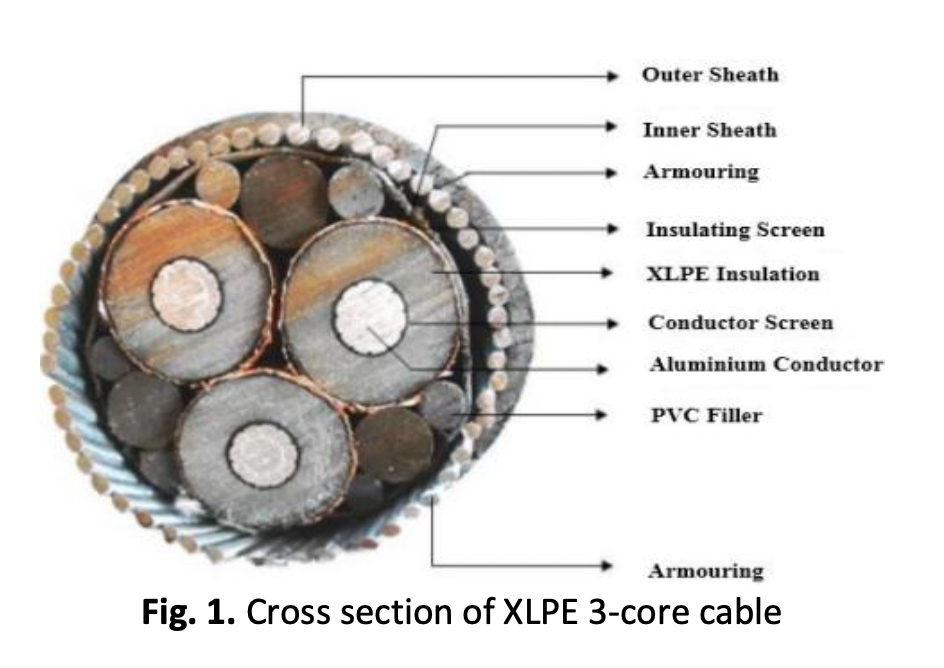A Novel Method to Improve the Residual Life of Switchgear by Reducing the Impact Caused by Thermal and Mechanical Stresses Produced Due to SLG Cable Faults in Electrical Substations
DOI:
https://doi.org/10.37934/arfmts.106.2.6877Keywords:
Disturbance record (DR), Single Line to Ground Faults (SLG), GOOSE – Generic Object Oriented Substation Events, Neutral Grounding Reactor (NGR)Abstract
From the studies carried out in the field of power systems, it is found that the single line to ground fault is more common and produces severe electro-mechanical and thermal stress on the connected equipment. In urban areas, power utilities are replacing the overhead conductors with underground cables due to low availability of space for new lines or ROW issues. With the increase in the number of power cables, it is becoming difficult for the utilities to maintain and test the healthiness of the cables. On the other side, due to advances in computational capabilities, the manufacturers are providing an optimized solution which is reducing the fault feeding capability of the equipment and equipment are failed frequently. In this paper, a new advanced method of protecting the power transformers from SLG faults using both conventional and automated techniques is proposed. A combined solution using conventional and automation provides a redundant and robust approach to improve the residual life of equipment. To limit the fault current due to SLG faults neutral grounding reactor (NGR) is proposed, and GOOSE technique is used to isolate the equipment from the fault as soon as possible. The proposed method is simulated using MATLAB/SIMULINK and results obtained are satisfactory.
Downloads
































